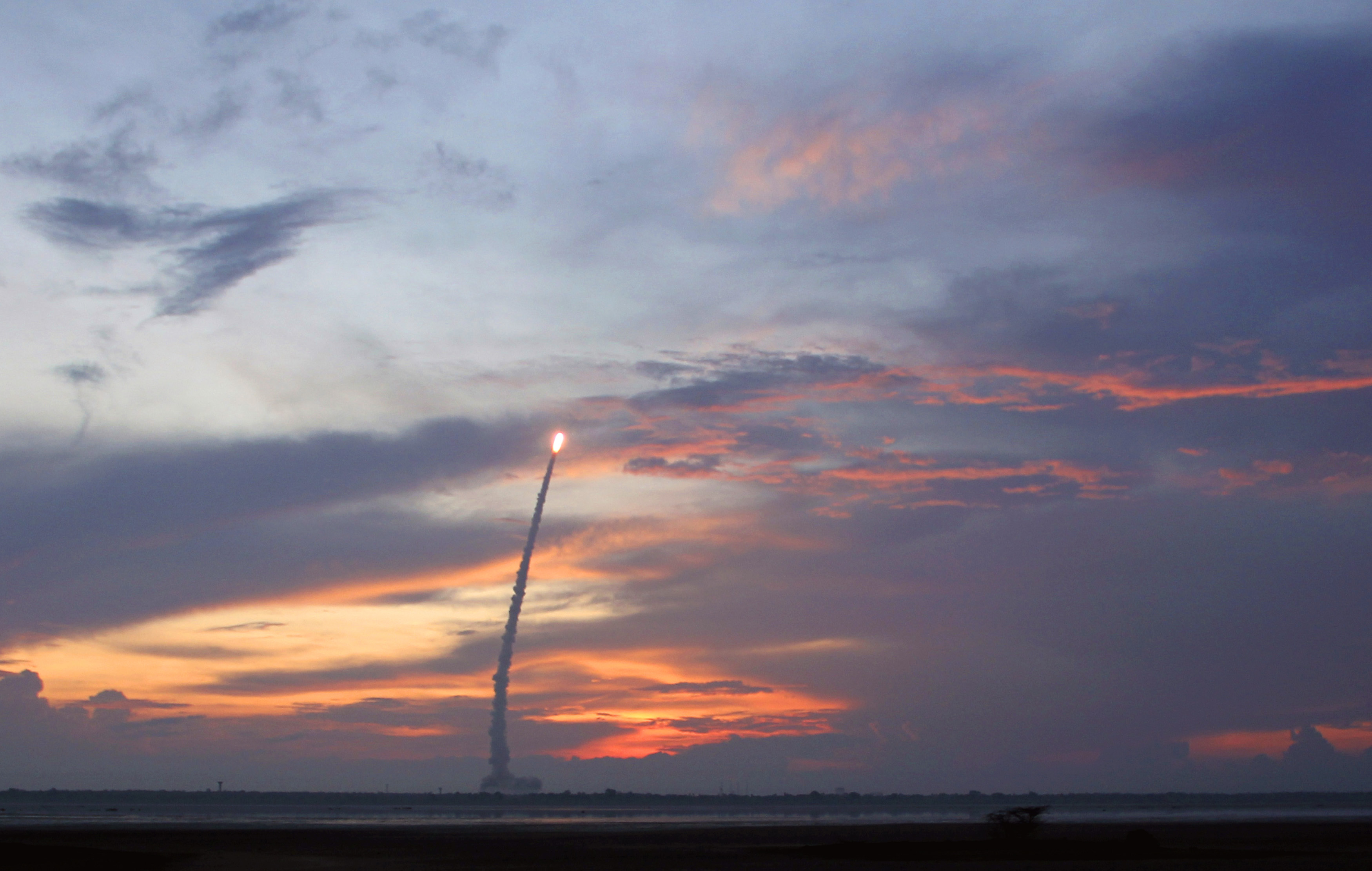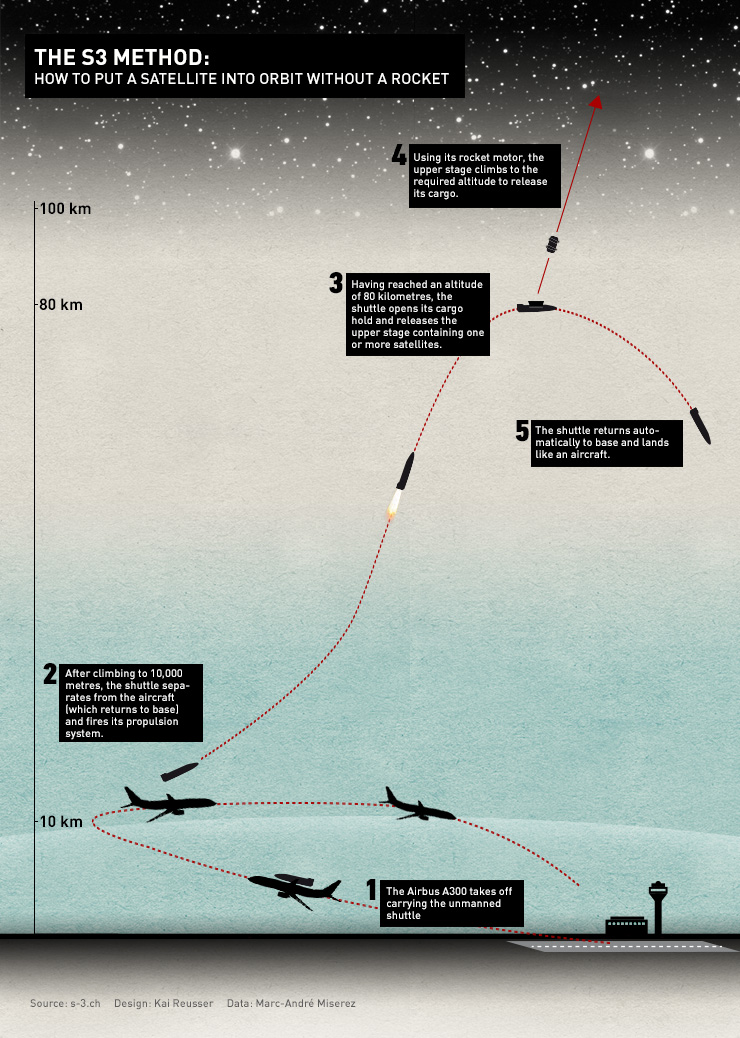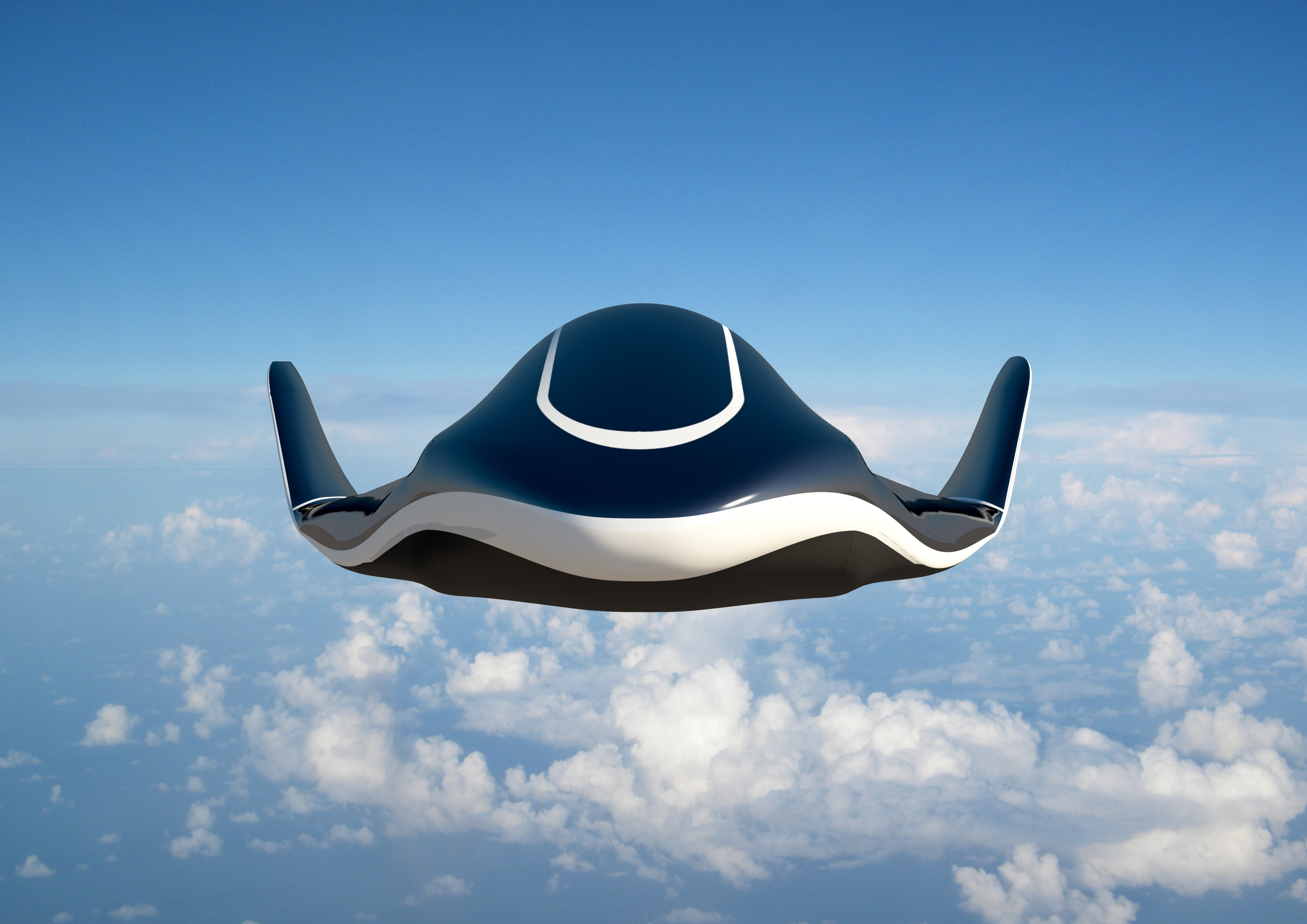Orbit remains expensive and difficult goal

Switzerland is aiming to join an exclusive club, and sharing a market expected to be worth $50 billion in 2020. The Swiss company S3 recently revealed its ambitious goal of launching satellites from a reusable shuttle.
S3 does not plan to go head-to-head with the biggest players in the launch market. It wants to restrict itself to satellites weighing 250 kilograms or less used in low-Earth orbit, at an altitude of 700 kilometres.
“It’s true that most satellites are bigger,” admits Anton Ivanov of the Swiss Space Center at the Federal Institute of Technology in Lausanne (EPFL).
“But with miniaturisation moving forward and the development of smaller satellites, there will be more and more payloads weighing just 200 to 300 kilograms.”
Ivanov points to the Swiss space telescope CHEOPS that he is currently working on as an example, with a final weight of just 250 kilograms.
“If S3 can be competitive, it will allow each country to have its own launch facility. You will only need an airfield, nothing like you see at Kourou, Cape Kennedy or Baikonur,” he adds. “It could be new niche market for Switzerland.”
Getting a satellite off the ground doesn’t come cheap, anywhere between $50 million and $200 million. Completing a launch budget can lead to such lengths as decorating a Russian Proton rocket with the logo of the well-known fast food chain, Pizza Hut.
International Launch Services, the Russian-American firm that has been operating the Proton platform since 1995, was not in a position to turn down $1 million in sponsoring in 2000, especially after a major failure just a few months earlier.

More
Launching a satellite sans rocket
National prestige
However the market economy has not quite taken over the space race according to Daniel Neuenschwander, head of the Swiss Space Office. “The world’s biggest space agency isn’t NASA, but the US department of defence,” he points out.
This has ensured that the Americans’ most powerful rockets, the Atlas and the Delta, are used for government launches. Out of those that have flown since the turn of the century, 18 were for space research, with the rest used for telecommunications, weather or surveillance satellites for one or the other US federal agency.
The ties between the military and launch programmes are even tighter in China, where the space agency is part of the defence ministry. “The Chinese made the most institutional launches in 2012,” said Neuenschwander.
Russia is also attempting to recapture some of its past glory, In April, President Vladimir Putin announced the creation of a space ministry and his intention to invest €40 billion in the programme by 2020.
Even if collaboration is the name of the game, especially if Mars becomes a goal for human space travel, Neuenschwander says each member of the space club still wants to outshine the others.
Ivanov agrees. “Space has always been about prestige.”
Prestige, but also money. The first commercial launch was in 1965, when Intelsat I, a private telecommunications satellite, was lofted into orbit. The market really began to take off though with the arrival of the European rocket Ariane in 1979.
After 1985, even the Soviet Union began providing services to capitalist customers. Today, a potential client can even do business with India, Japan, the Ukraine, South Korea or China.
Ariane V, the biggest European rocket, weighs 700 tons at launch, 90 per cent of which is fuel.
One minute after liftoff, the rocket has reached an altitude of 7,500 metres, but is only flying at around 720 kilometres per hour. In less than two-and-a-half minutes, it is already two-thirds of the way into space.
Sixty-six kilometres up, speed is up to 7,400 kilometres per hour as the rocket casts off its powder boosters.
After nine-and-a-half minutes, its altitude is 147 kilometres and Ariane has reached 28,033 kilometres per hour, leaving Earth’s attraction and its first stage behind.
When the second stage fizzles out, speed is close to 33,000 kilometres per hour. In 30 miuntes, Ariane has burnt off all its fuel. Depending on the planned orbit, it can carry between two and 20 tons of payload.
Upstart competition
The origin of the launcher matters little nowadays. “What’s important is if a launcher fulfills mission requirements, is reliable and is cost effective,” said Neuenschwander.
In other words, you won’t need an Ariane V rocket to put a one-ton satellite into low-Earth orbit. All you need is something reliable.
Reliability has been the hallmark of European firm Arianespace. Even if their Ariane, Soyuz and Vega rockets don’t come cheap, they still have the lion’s share of the commercial sector. Last year, it completed 10 launches representing a market share of 55 per cent and it has garnered 60 per cent of the contracts for this year.
The competition is not far off though and promises to be fierce. In 2002, Elon Musk, one of the founders of PayPal and Tesla, set up SpaceX, promising to slash the cost per ton of a launch by 20 per cent.
After three successive failures, his Falcon rocket got its first satellite into orbit in 2009. Three years later, the Dragon automated cargo vessel docked at the International Space Station, proving the launch business is no longer just for the big boys.
Low Earth orbit: between 300 kilometres and 2,000. It is the zone between the Earth’s atmosphere and the Van Allen radiation belt (which protects the Earth from solar winds). It is the domain of surveillance, weather and imaging satellites as well as the International Space Station.
Medium Earth orbit: between 2’000 and 35,000 kilometres. Mainly used by navigation satellites such as the American GPS and the Russian Glonass systems, soon to be joined by Europe’s Gallileo.
Geosynchronous orbit: at an altitude of 35,786 kilometres, a satellite moves as the speed the Earth rotates. Seen from the ground, it appears to be not moving. Often used telecommunications and broadcast satellites.
(Adapted from French by Scott Capper)

In compliance with the JTI standards
More: SWI swissinfo.ch certified by the Journalism Trust Initiative


You can find an overview of ongoing debates with our journalists here. Please join us!
If you want to start a conversation about a topic raised in this article or want to report factual errors, email us at english@swissinfo.ch.